The northern bald ibis, a once nearly extinct bird, has been brought back from the edge of extinction thanks to innovative methods, particularly the use of light aircraft for guided flights.
These birds, recognized by their unique black and iridescent green feathers, bald red heads, and long curved beaks, lack the innate knowledge for migration without the guidance of older, wild-born birds.
Foster Parents and Flight Instructors
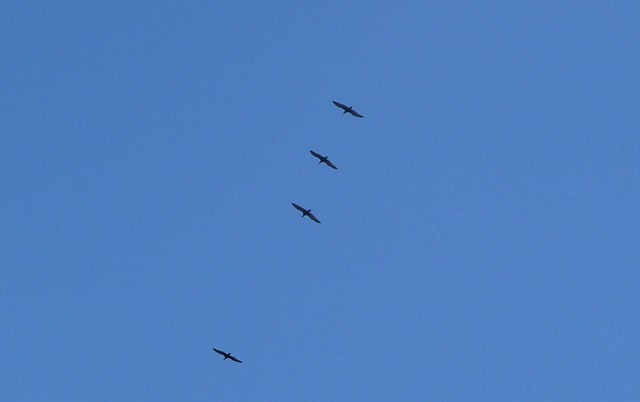
To address this, a team of scientists and conservationists has stepped in to act as surrogate parents and flight instructors.
“We have to teach them the migration route,” explains biologist Johannes Fritz.
The Northern Bald Ibis Across Europe and Beyond

Historically, the northern bald ibis migrated across North Africa, the Arabian Peninsula, and much of Europe, including Bavaria in southern Germany.
Once a sought-after delicacy, the species vanished from Europe, although a few colonies persisted elsewhere.
Reviving the Species
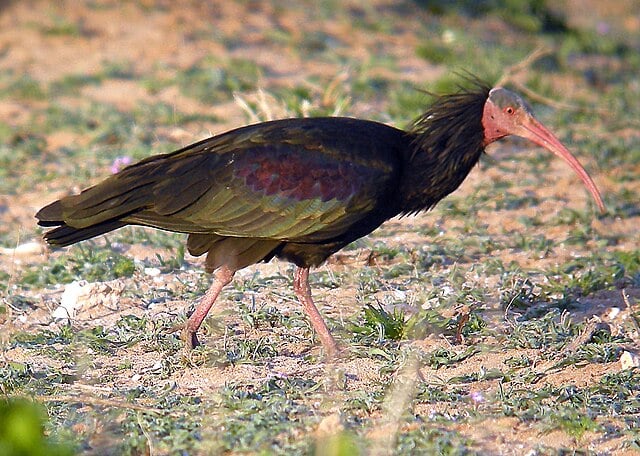
Since 2002, Fritz and the Waldrappteam, a conservation and research group from Austria, have successfully increased the Central European population from zero to nearly 300 birds.
This achievement has elevated the species’ status from critically endangered to endangered and marks the first attempt to reintroduce a continentally extinct migratory bird species.
Navigational Challenges

Despite their instinctive migration urges, the northern bald ibises still lack the directional knowledge needed for migration without guidance from wild-born elders.
Early reintroduction efforts by the Waldrappteam were largely unsuccessful because the birds, lacking knowledge of the migration route, often flew off course and perished.
17 Years of Human-Led Migrations

To address this, the Waldrappteam has taken on the role of both foster parents and flight instructors for the Central European population, which consists of descendants from various zoo colonies. The goal is to form a migratory group by releasing these birds into the wild.
This year marks the 17th migration with human-led guides and the second time they’ve had to alter the route to Spain due to climate change.
Early Care and Bonding
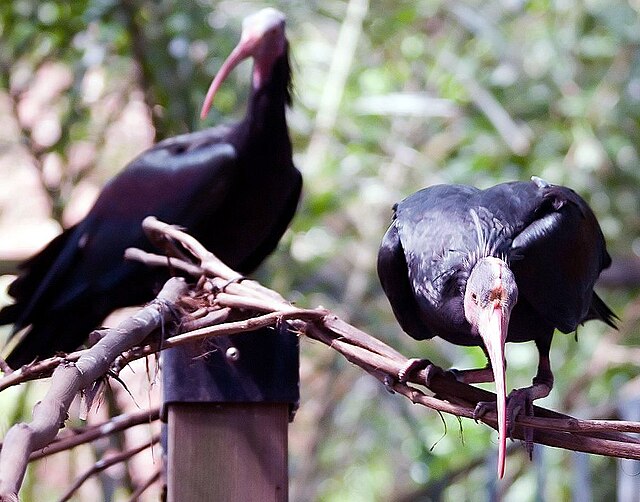
Chicks are removed from their breeding colonies at just a few days old and taken to an aviary managed by the foster parents, who hope to “imprint” the birds—helping them bond with and trust humans along the migration route.
Barbara Steininger, a foster mother with the Waldrappteam, likens her role to that of a “bird mom.” She states, “We feed them, we clean them, we clean their nests. We take good care of them and see that they are healthy birds. But also we interact with them.”
Guided Flights
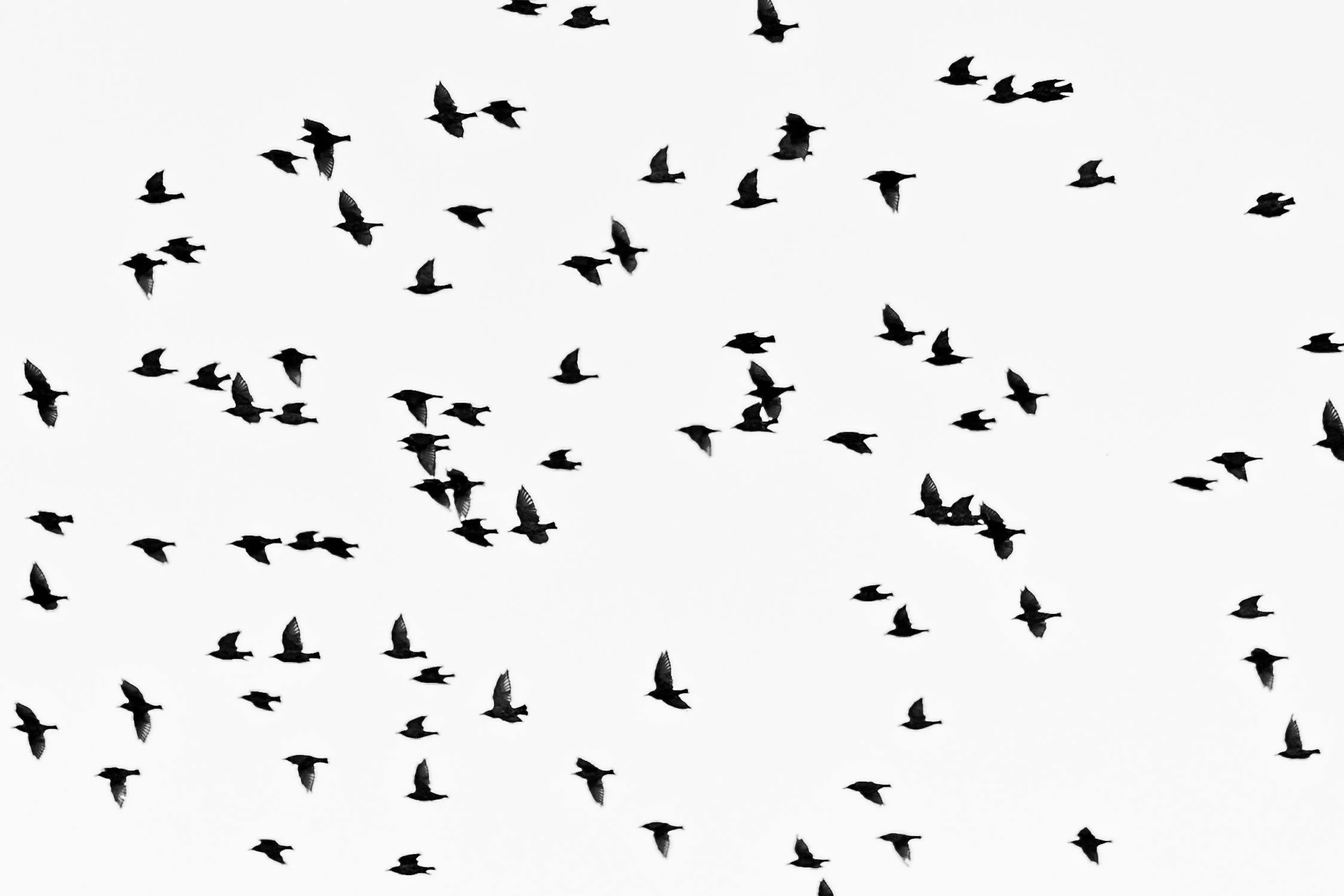
Steininger and other foster parents then ride in microlight aircraft, which resemble flying go-karts with large fans and yellow parachutes, and guide the birds by waving and shouting encouragement through a bullhorn.
The scene is unusual: the aircraft, piloted by Fritz, is trailed by three dozen birds as it glides over alpine meadows and foothills.
Northern Bald Ibis Reintroduction
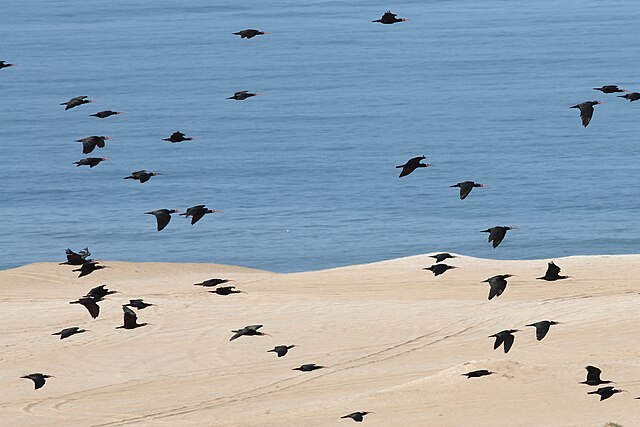
Inspired by “Father Goose” Bill Lishman, a naturalist who began training Canadian geese to fly alongside his ultralight plane in 1988, Fritz and his team have seen success.
Lishman’s work with whooping cranes and the creation of the nonprofit “Operation Migration” was depicted in the 1996 film ‘Fly Away Home,’ which featured a young girl as the geese’s “mother.”
Successful Migration and Future Goals

Fritz’s efforts have also yielded results. The first bird to migrate independently from Tuscany back to Bavaria did so in 2011, and more birds have successfully made the annual journey of over 550 kilometers.
The team aims for the Central European population to exceed 350 birds by 2028 and become self-sustaining.
Adapting to Climate Change

However, climate change has led to later migration times, forcing the birds to cross the Alps in colder, riskier weather without the aid of warm air currents.
In response, the Waldrappteam has adapted by piloting a new route in 2023 from Bavaria to Andalusia in southern Spain, a path about 300 kilometers longer than the previous year’s.
Guiding the Journey
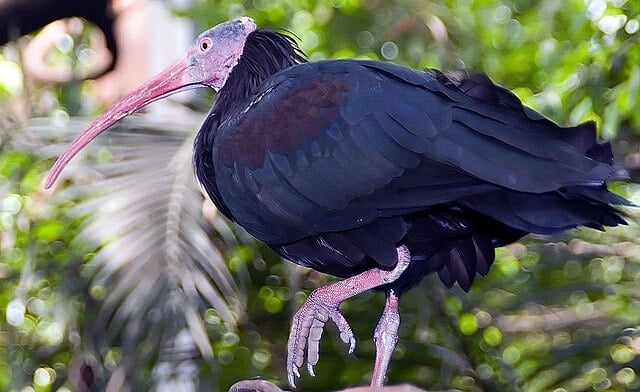
Earlier this month, the team guided 36 birds from an airfield in Paterzell, upper Bavaria, through clear skies and favorable tailwinds.
The entire journey to Spain could last up to 50 days, concluding in early October. Fritz emphasizes that this effort extends beyond saving the northern bald ibis; it also aims to pave the way for other threatened migratory species.








































